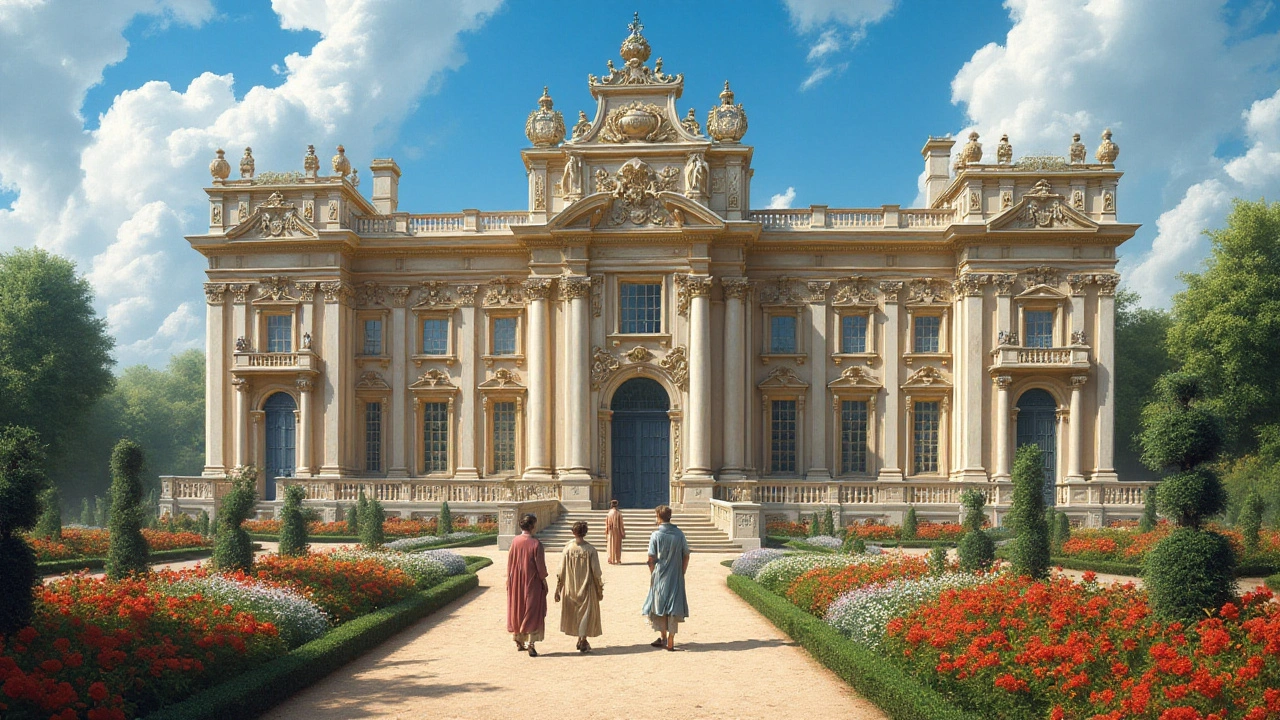Opulent Design: Spotting Luxury in Buildings and Homes
Some of the most powerful buildings ever made shout abundance: carved stone, gold highlights, huge domes. Opulent design isn't accidental. It's a set of choices that show wealth, craft, and intent. If you want to recognize or use this style, focus on specific elements, not just 'more stuff'.
Key elements of opulent design
Look for big gestures first. Scale and proportion are central: grand staircases, tall columns, and soaring ceilings make spaces feel monumental. Materials tell a story too. Marble, carved wood, polished brass, gilding, and mosaic work are classic markers. Ornamentation matters: deep moldings, sculpted cornices, frescoes, and patterned floors add depth and detail. Lighting often completes the message — crystal chandeliers or layered warm lighting that draws attention to artwork and surfaces.
Styles linked to opulence include Baroque, Rococo, Beaux-Arts, Renaissance Revival, Byzantine, and certain Roman or Greek Revival buildings. Each has its own vocabulary: Baroque plays with drama and contrast, Rococo with playful curves, Beaux-Arts with formal symmetry and classical orders. Spotting which vocabulary a building uses helps you copy it honestly instead of mixing random ornate bits.
How to use opulence in a modern home
You don’t need a palace to use opulent design. Pick one focal move and commit. That might be a statement light fixture, a dramatic entry staircase, or a richly veined marble backsplash. Keep the background simple: neutral walls and clean lines let the luxury element stand out without turning the room into a museum.
Small touches bring big effect on a budget. Swap plain cabinet hardware for brass, add velvet cushions, use a large framed mirror to reflect light, or install decorative molding only on one wall. Look for antique pieces at flea markets — an ornate mirror or side table can anchor a room and cost far less than brand-new reproductions.
When renovating historic spaces, preserve original features whenever possible. Simple steps like repairing plaster moldings, cleaning stone, and matching trim profiles keep authenticity and add value. If you must replace, choose reversible methods so future owners can restore original work.
Mixing with modern design works when you balance contrast. Pair an ornate ceiling medallion with minimalist furniture, or a carved fireplace surround with streamlined built-ins. The key is rhythm: let one part be loud, then give the eye calm places to rest.
Want examples and deeper reads? Explore articles on Baroque, Beaux-Arts, Renaissance Revival, Rococo, Byzantine, and Roman architecture on this tag. Each piece shows real buildings and practical ideas you can apply today.
Opulence isn't just decoration — it’s a language of power, craft, and memory. Use it with purpose and the outcome feels intentional, not overdone.

Luxury and Opulence: Unpacking Baroque Architecture
Baroque architecture emerged in the late 16th century, marking a flamboyant shift from the restrained styles that preceded it. It is characterized by bold contrasts, extravagant ornamentation, and dynamic forms designed to evoke emotional responses. This architectural style spread across Europe and later to Latin America, often associated with the Counter-Reformation as the Catholic Church sought to convey its grandeur. Baroque remains a powerful symbol of luxury and can still be seen in many palaces and churches. Understanding the intricate details of this style offers insights into the cultural and historical contexts that shaped it.
Read more